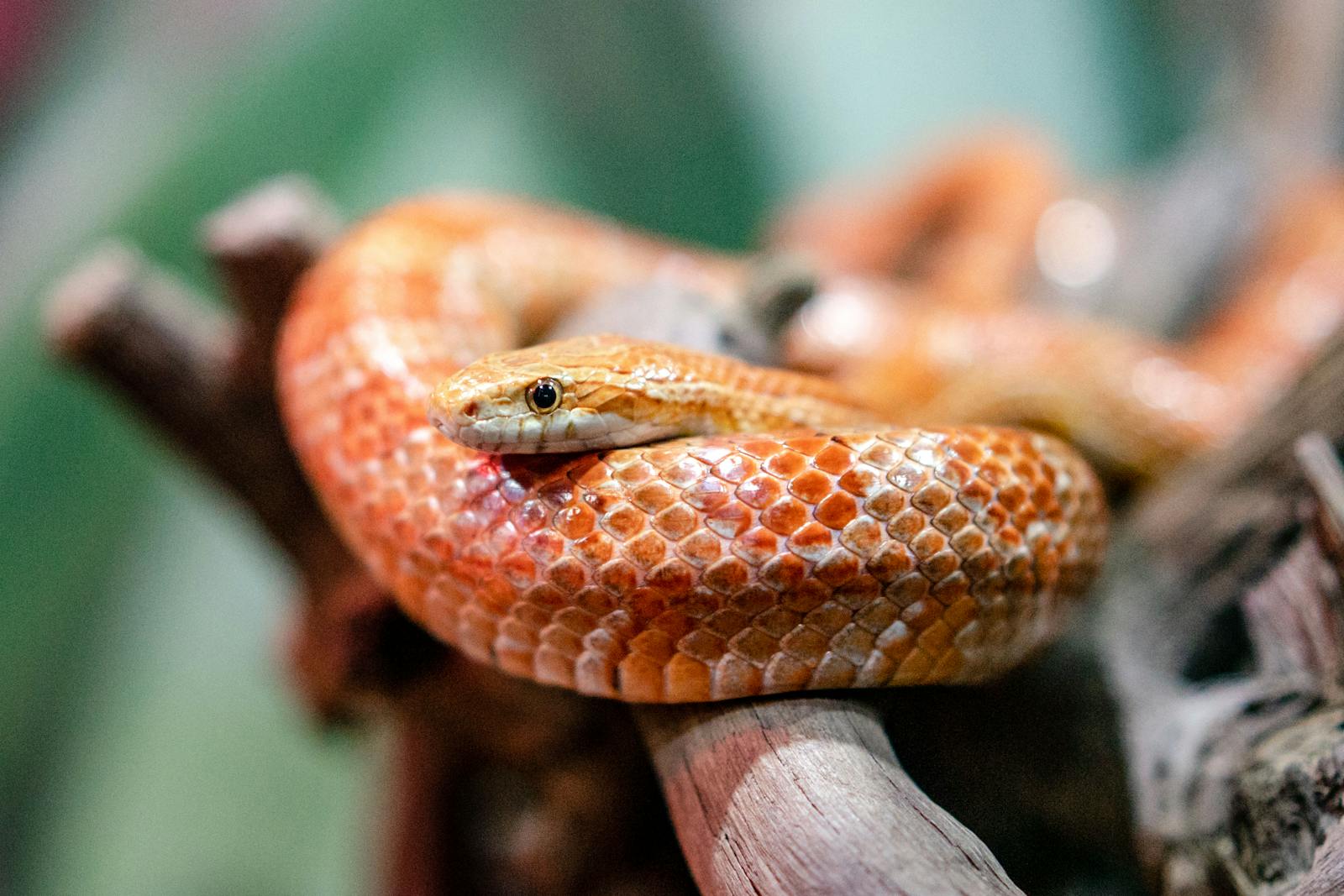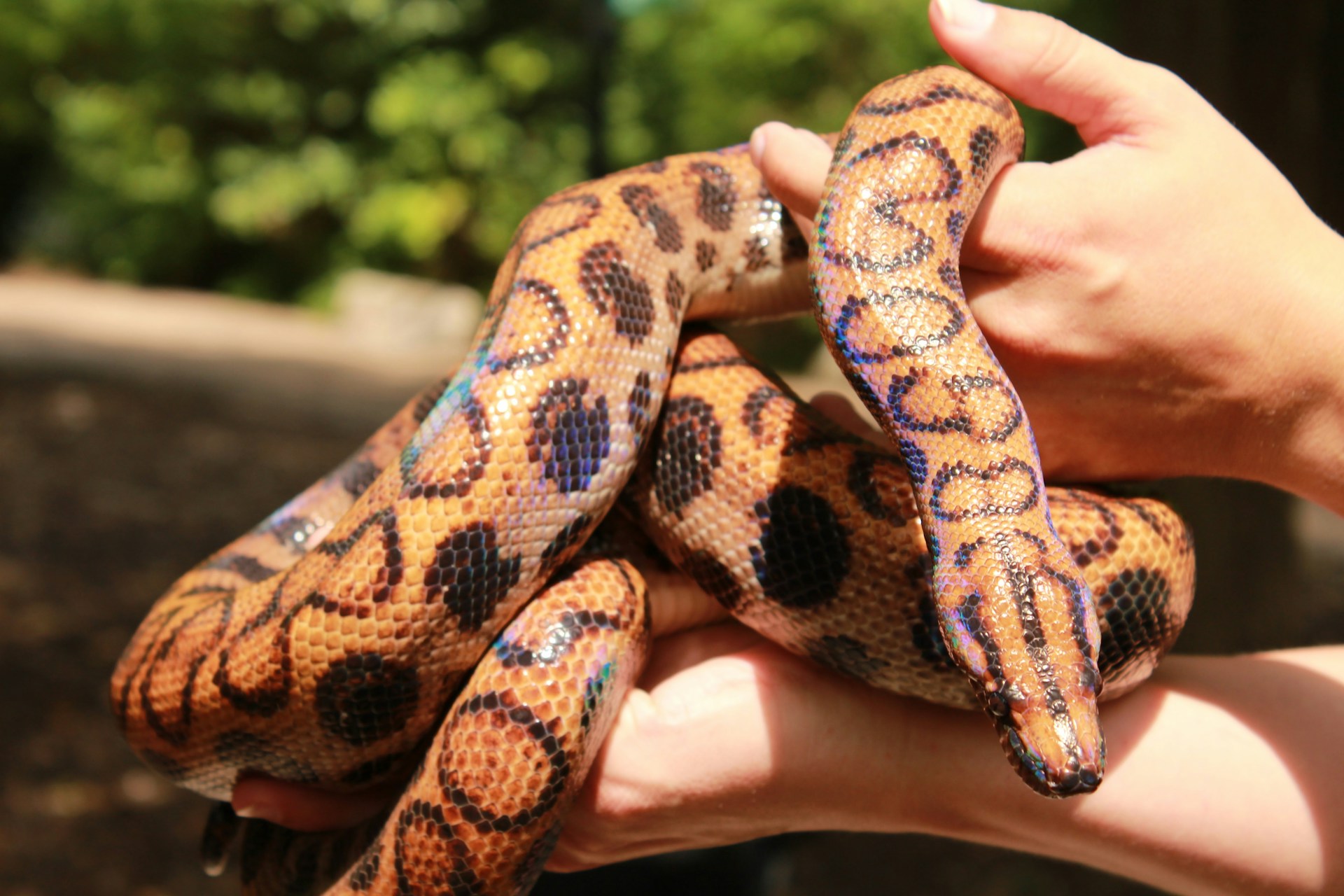Each year, approximately 7,000-8,000 people in the United States receive venomous snake bites, with about five resulting in fatalities. Worldwide, the numbers are far more alarming, with an estimated 5.4 million snake bites annually, causing up to 138,000 deaths. When faced with a venomous snake bite, time is critical, and knowing the proper response can mean the difference between life and death. This guide aims to provide essential, evidence-based information on the immediate steps to take—and equally important, actions to avoid—when dealing with a venomous snake bite emergency.
Understanding Venomous Snakes

Venomous snakes exist on every continent except Antarctica, with varying species presenting different risks to humans. In North America, the primary venomous snakes include rattlesnakes, copperheads, cottonmouths (water moccasins), and coral snakes, collectively known as “pit vipers” except for coral snakes. Most venomous species can be identified by their triangular-shaped heads, elliptical pupils, and heat-sensing pits between their eyes and nostrils. However, relying solely on physical characteristics for identification can be risky, especially in emergency situations, as some non-venomous snakes mimic these traits. Instead of focusing on identification during an emergency, it’s more prudent to treat any snake bite as potentially dangerous and seek immediate medical attention.
Recognizing a Venomous Snake Bite
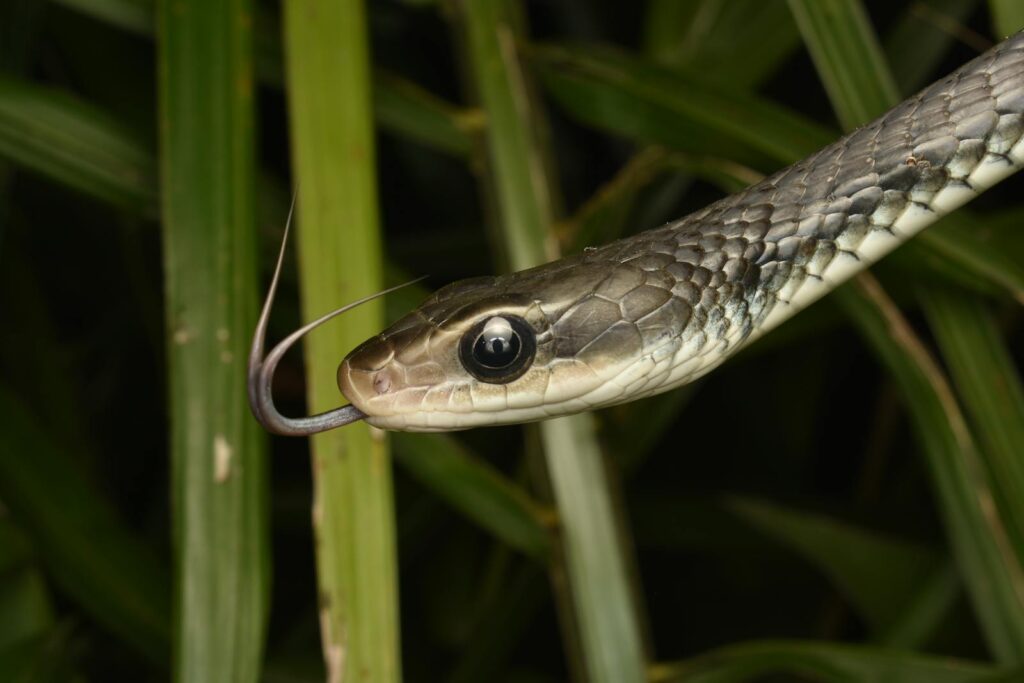
Venomous snake bites typically present with distinctive symptoms that develop within minutes to hours after the bite occurs. These symptoms may include severe pain, swelling, bruising, blisters, and redness at the bite site, often accompanied by a pair of puncture wounds. Systemic symptoms can include nausea, vomiting, dizziness, difficulty breathing, blurred vision, numbness or tingling, especially around the mouth, and in severe cases, shock, paralysis, or bleeding disorders. The severity and progression of symptoms depend on multiple factors including the snake species, amount of venom injected, location of the bite, and the victim’s age, size, and health status. It’s worth noting that some venomous snake bites may be “dry bites” where little or no venom is injected, but this should only be determined by medical professionals.
Immediate First Response

When a venomous snake bite occurs, the first priority is to move the victim away from the snake to prevent additional bites while ensuring the rescuer’s safety. Keep the victim calm and still, as movement can accelerate venom absorption through the bloodstream. Position the bitten limb below heart level to slow venom spread, though this recommendation varies by region and snake species. Remove any jewelry, watches, or constrictive clothing near the bite site before swelling begins, as these items may become difficult to remove later and can impair circulation. Call emergency services (911 in the US) immediately or arrange for rapid transportation to the nearest medical facility capable of treating venomous snake bites.
What NOT to Do: Dangerous Myths

Several dangerous myths about snake bite treatment persist despite being thoroughly debunked by medical professionals. Never attempt to cut into the bite wound or suck out the venom, as this can introduce infection, damage nerves and blood vessels, and does not effectively remove venom. Avoid tourniquets, which can cause tissue death and limb loss by completely cutting off blood flow to the affected limb. Ice or cold compresses should not be applied as they can worsen tissue damage and do not neutralize venom. Electrical shock therapy, popularized in some folklore, has no scientific basis and can cause severe burns or cardiac issues. Finally, consuming alcohol after a snake bite, sometimes believed to “thin the blood,” actually dilates blood vessels and accelerates venom absorption while potentially masking symptoms.
The Pressure Immobilization Technique
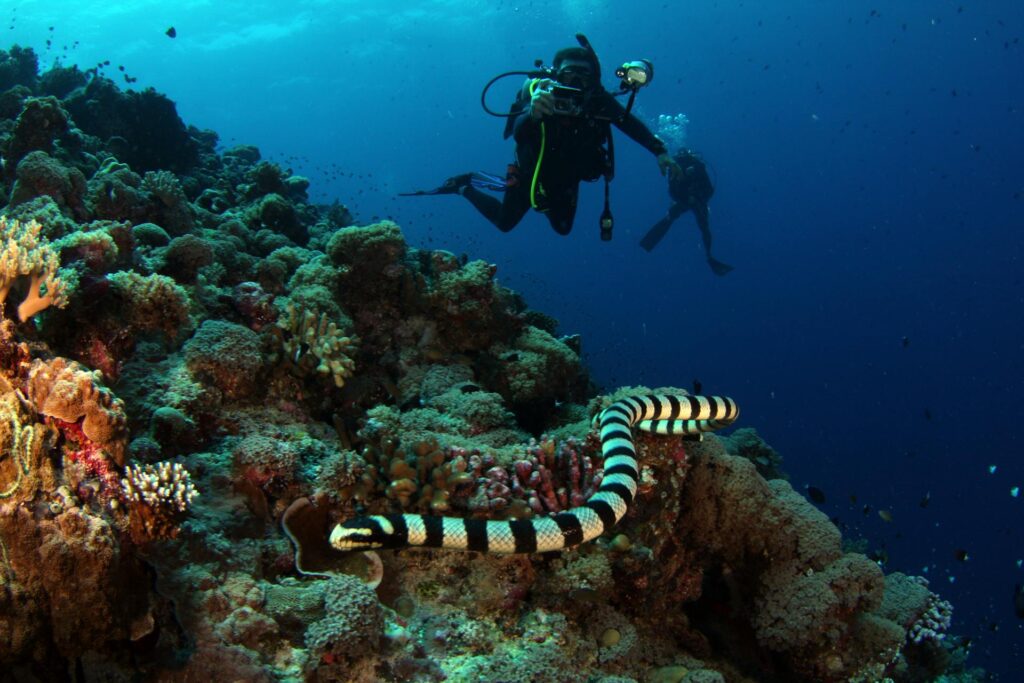
The pressure immobilization technique (PIT) is recommended for certain types of snake bites, particularly those from snakes with neurotoxic venom like coral snakes or certain exotic species. This technique involves applying a firm bandage over the bite site and wrapping the entire affected limb, starting from the bite location and moving toward the heart, using pressure similar to that applied for a sprained ankle. The limb should then be immobilized with a splint or sling to restrict movement. Importantly, this technique is not recommended for pit viper bites (rattlesnakes, copperheads, cottonmouths) in North America, as their venom causes local tissue damage and the pressure bandage may concentrate venom in one area. Regional snake bite protocols vary, so familiarize yourself with recommendations specific to your location and the predominant venomous species in your area.
Seeking Medical Treatment
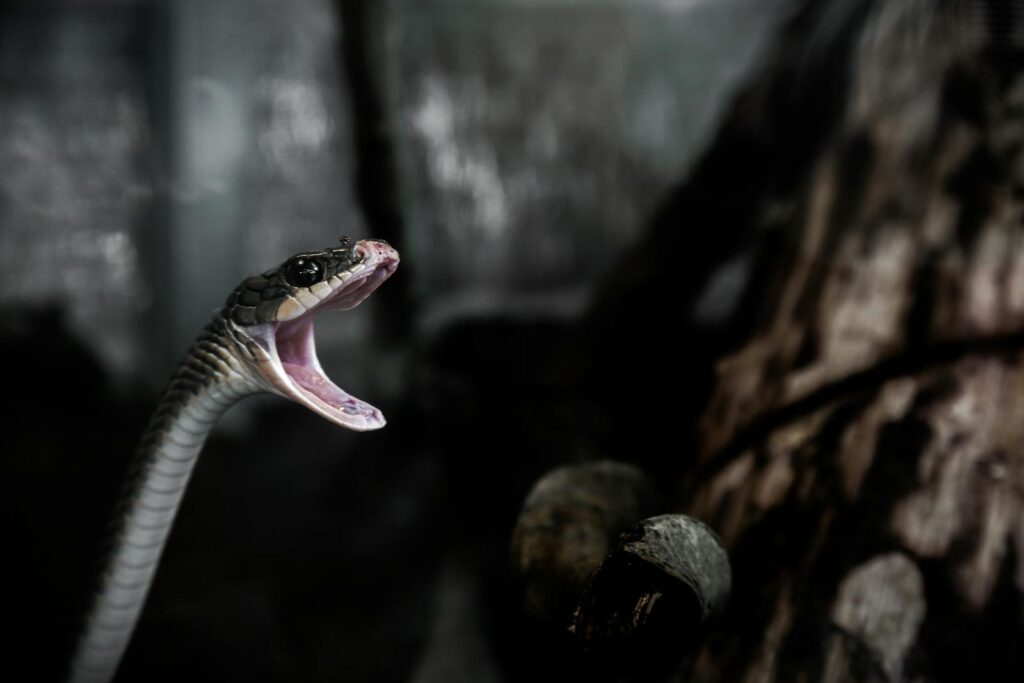
All suspected venomous snake bites require immediate medical attention, even if symptoms seem minor initially, as venom effects can progress rapidly over hours. When seeking medical treatment, try to note the time of the bite and, if possible, take a photo of the snake from a safe distance for identification purposes. Never attempt to capture or kill the snake, as this puts you at risk for additional bites. The gold standard treatment for venomous snake bites is antivenom (sometimes called antivenin), which must be administered in a hospital setting. Early treatment with appropriate antivenom significantly improves outcomes and reduces complications, making rapid transport to a medical facility the top priority after basic first aid.
Hospital Treatment Protocols

Upon arrival at a medical facility, healthcare providers will typically assess vital signs and the progression of symptoms while establishing intravenous access. Blood tests will be performed to check clotting function, kidney function, and complete blood count, as these can be affected by certain venoms. Medical professionals will determine whether antivenom is necessary based on the severity of symptoms, the type of snake, and laboratory findings. Antivenom administration requires careful monitoring as allergic reactions are possible, though modern antivenoms have improved safety profiles compared to older formulations. Additional treatments may include pain management, tetanus prophylaxis, antibiotics if infection is present, and supportive care for specific symptoms such as breathing difficulties or shock.
Unique Considerations for Children and Pets
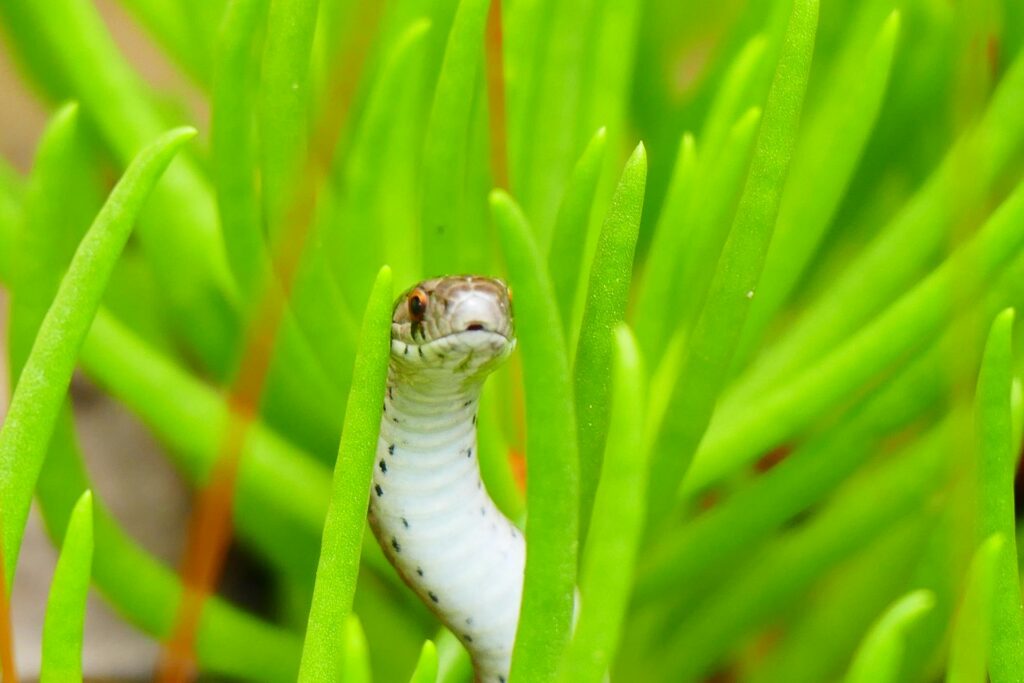
Children and pets face greater risks from venomous snake bites due to their smaller body size, which means venom concentrations can be higher relative to body mass. For children, the psychological impact of a snake bite can also be significant, so maintaining a calm demeanor is crucial when providing first aid. When a pet is bitten, immediate veterinary care is essential, and the first aid principles are similar: keep the animal calm and limit movement while seeking professional help. Carry medium to large dogs rather than allowing them to walk if possible, and transport small pets in carriers. Never attempt to administer human medications to pets with snake bites, as many human drugs are toxic to animals, and do not apply tourniquets or cut the wound on pets just as you wouldn’t for humans.
Recovery and Long-term Effects
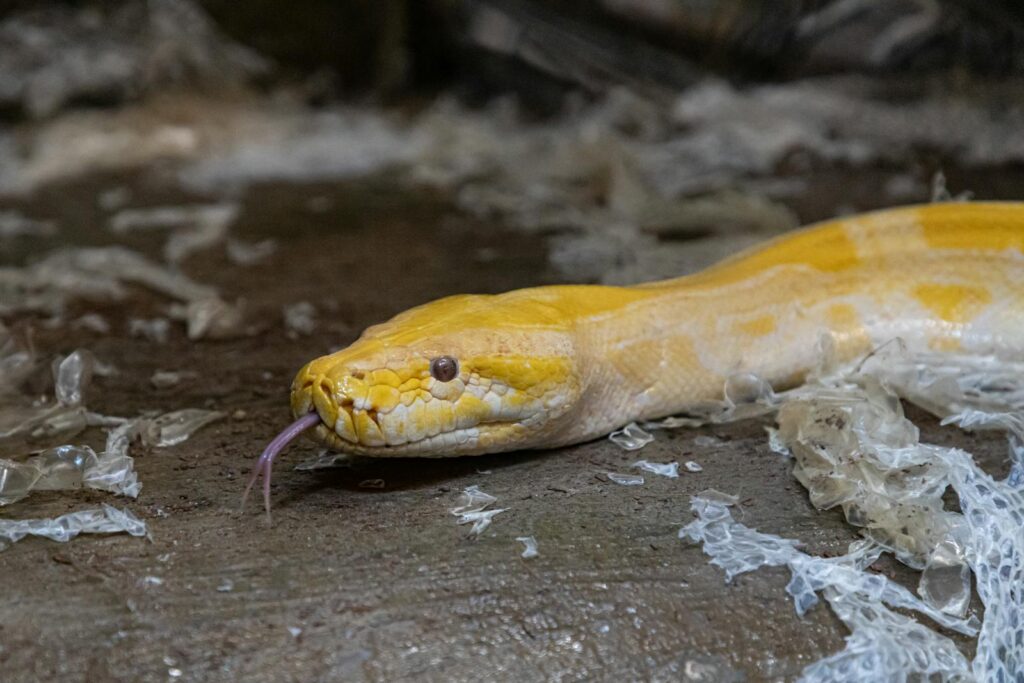
Recovery from a venomous snake bite can range from days to months depending on the severity of the bite, the type of venom, and how quickly treatment was received. Follow-up care is essential, as complications can include tissue necrosis requiring debridement or even amputation in severe cases, persistent swelling, nerve damage, and psychological trauma including post-traumatic stress disorder. Some victims may develop serum sickness, an immune reaction to antivenom that occurs 7-14 days after treatment and causes fever, rash, joint pain, and swelling. Long-term rehabilitation through physical therapy may be necessary to restore full function to the affected limb. Most patients who receive prompt medical treatment make a full recovery, though some may experience permanent tissue damage or limitations in the bitten area.
Prevention Strategies
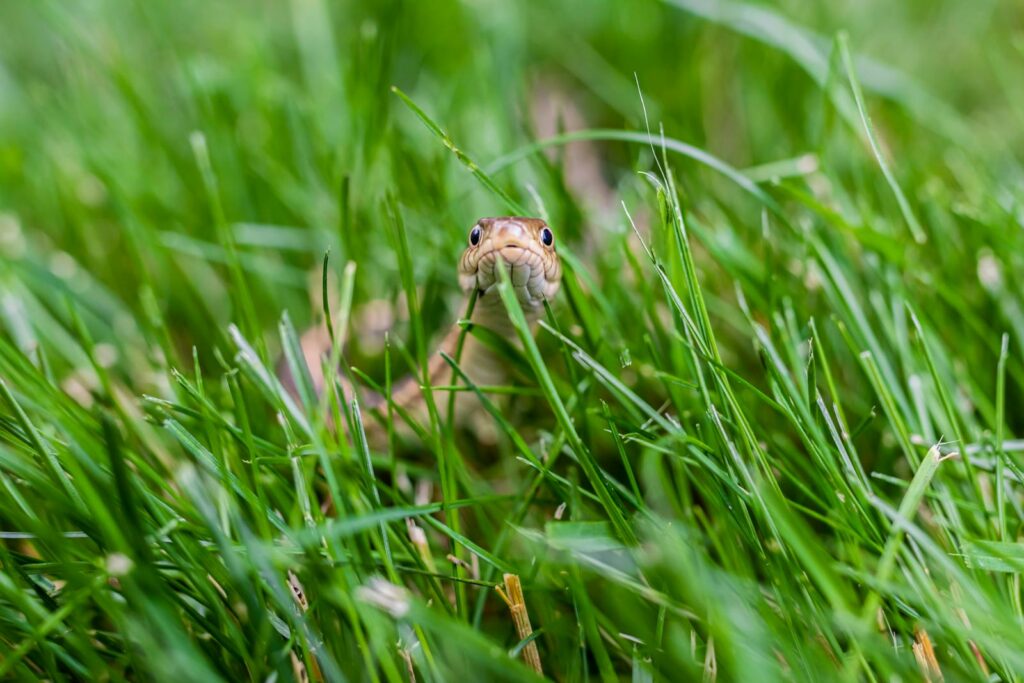
Preventing snake bites begins with awareness and respect for snake habitats and behaviors. When in areas known to have venomous snakes, wear closed-toe shoes or boots and long pants, especially when hiking, gardening, or working outdoors. Stay on clear paths and avoid reaching into rock crevices, woodpiles, or dense vegetation without visual confirmation that no snakes are present. Make noise while walking to alert snakes of your presence, as most snakes will avoid human encounters if given the opportunity. Use a flashlight when walking at night in snake territory, and keep your yard or campsite clear of debris that could attract snakes or their prey. Educational resources about local snake species can help you identify which snakes in your area pose risks and which are harmless.
Snake Bite Kits: Helpful or Harmful?
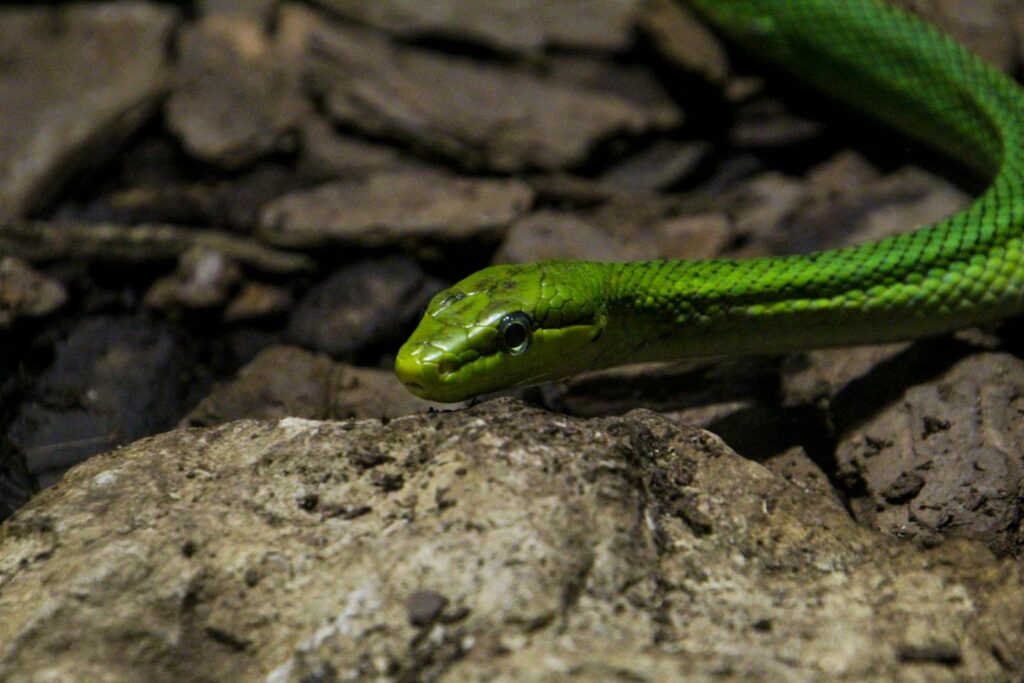
Commercial snake bite kits often include suction devices, scalpels, or other tools marketed as venom extraction methods, but these products are not recommended by most medical professionals and may cause more harm than good. Studies have shown that suction devices remove insignificant amounts of venom while potentially concentrating venom in the bite area and damaging tissues. Instead of relying on these kits, a more effective preparation is to carry a compression bandage and splint if you’re in an area with neurotoxic snake species where the pressure immobilization technique is appropriate. A cell phone for emergency calls, a small flashlight, and basic first aid supplies are far more valuable than specialized snake bite kits. The most important factor in snake bite survival is rapid transport to medical care, not field treatments attempting to remove venom.
Regional Differences in Snake Bite Management
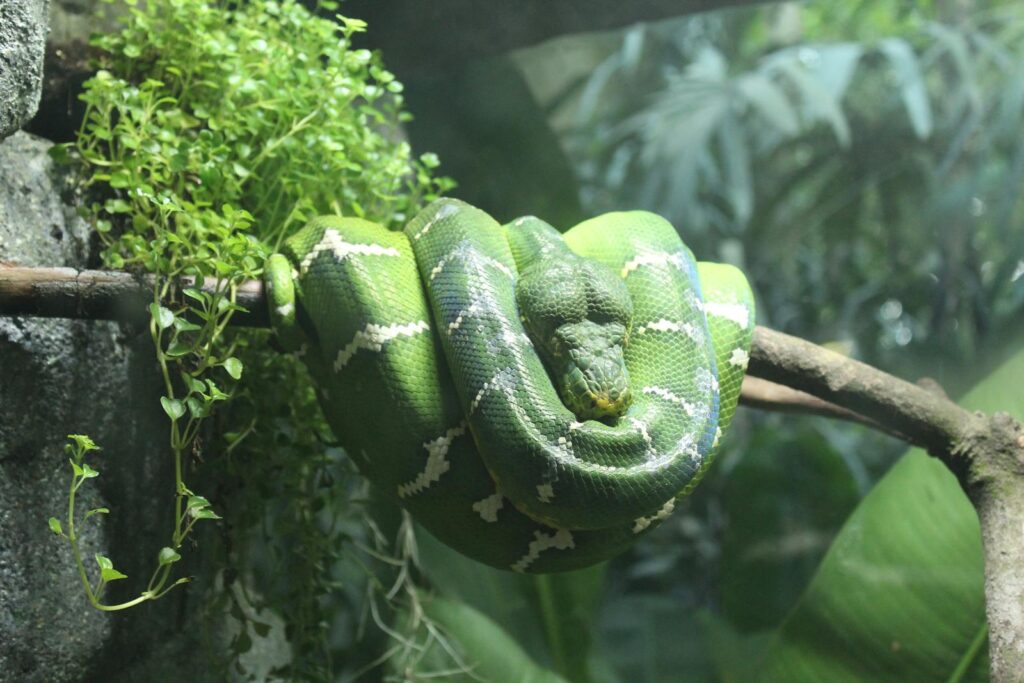
Snake bite protocols vary significantly worldwide depending on the prevalent species and available medical resources. In Australia, where many species have neurotoxic venom, the pressure immobilization technique is widely taught and recommended. In parts of Asia and Africa with limited access to antivenom, community education about preventive measures and rapid transport to treatment centers becomes even more critical. North American protocols generally emphasize immobilization, keeping the bite below heart level, and rapid medical evacuation without pressure bandages for pit viper bites. Some tropical regions contend with multiple venomous species requiring different management approaches, making local knowledge essential. Before traveling to regions with unfamiliar snake species, research area-specific recommendations and the location of medical facilities that stock appropriate antivenoms.
The Future of Snake Bite Treatment
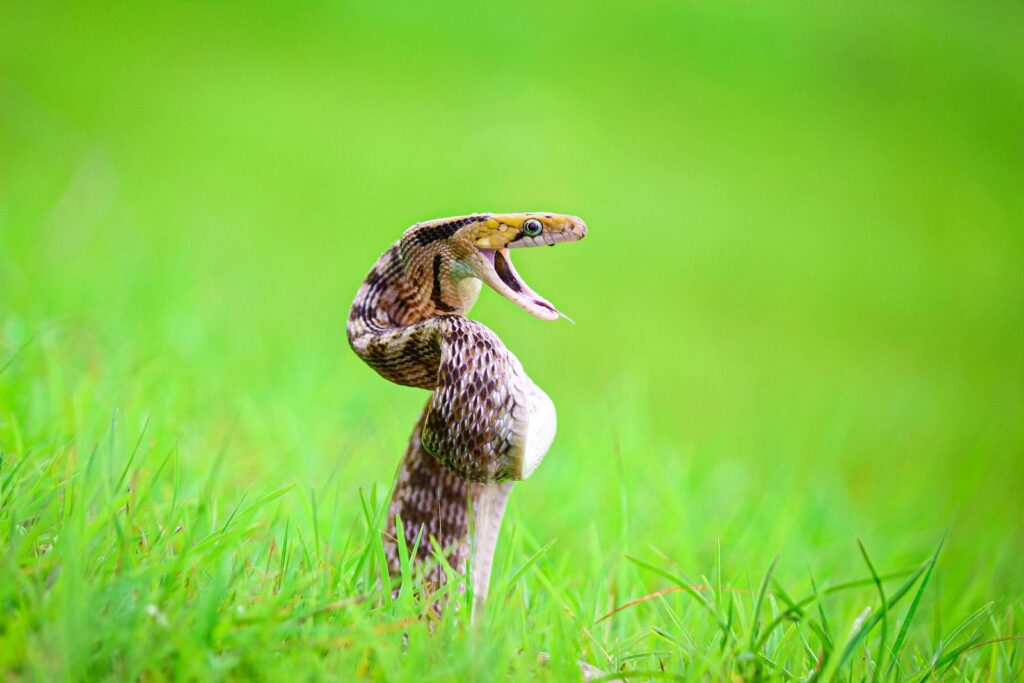
Research into improved snake bite treatments continues globally, with promising developments on the horizon. Next-generation antivenoms using synthetic antibodies or recombinant technologies may offer greater safety profiles with fewer allergic reactions than traditional horse or sheep-derived products. Small molecule inhibitors that can neutralize specific venom components are under investigation, potentially allowing for more targeted treatments with fewer side effects. Field-stable treatments that can be administered in remote locations could dramatically reduce mortality rates in developing regions where hospital access is limited. The World Health Organization has recognized snake bites as a neglected tropical disease, increasing global attention and research funding for this significant public health issue that affects millions annually, particularly in rural communities across Africa, Asia, and Latin America.
Conclusion
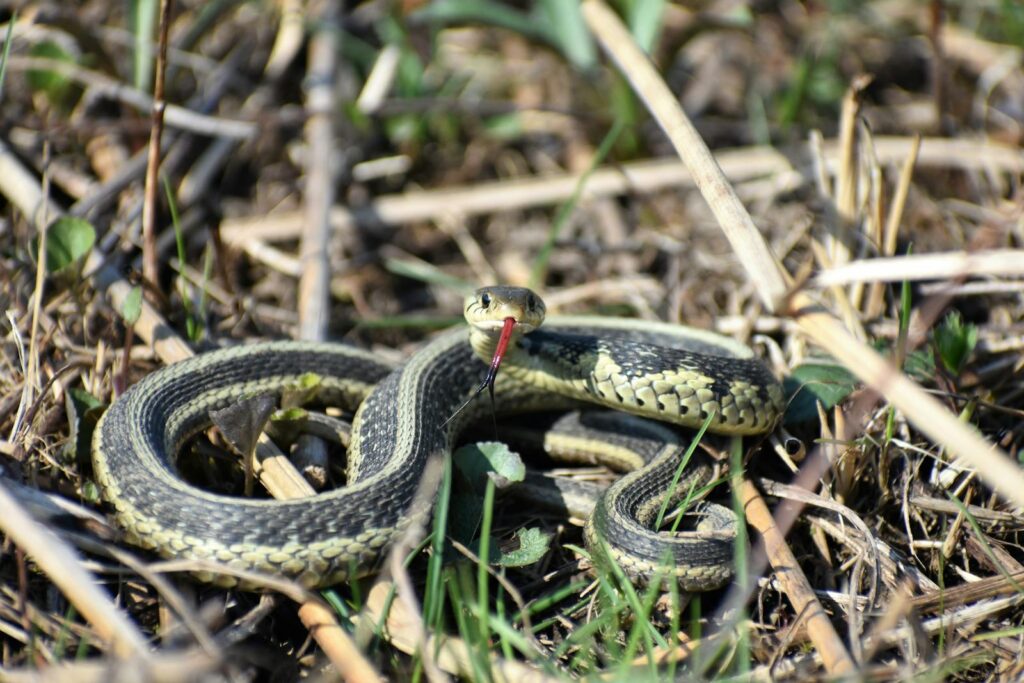
Venomous snake bites represent a serious medical emergency requiring immediate, appropriate response. The most crucial actions include remaining calm, immobilizing the victim, removing constricting items from the affected limb, and seeking professional medical care as quickly as possible. Equally important is avoiding harmful interventions such as cutting, sucking, tourniquets, or ice. By understanding both the correct and incorrect approaches to snake bite management, you can potentially save a life—including your own. While venomous snakes certainly deserve respect, with proper knowledge and precautions, we can coexist safely with these important members of our ecosystems. Remember that definitive treatment requires medical intervention with antivenom, making rapid access to healthcare the single most important factor in successful snake bite outcomes.



